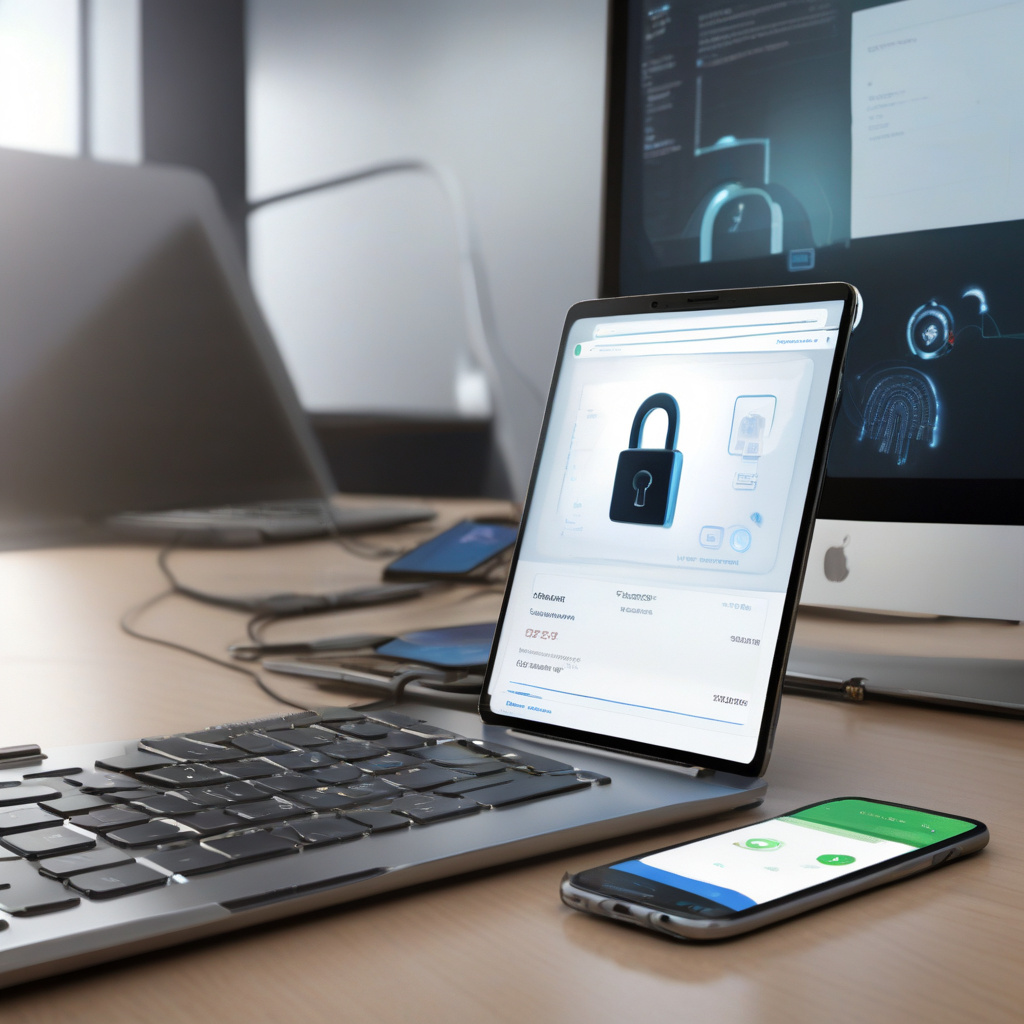In the ever-evolving realm of digital security, the concept of passkeys has emerged as a transformative force. Think of passkeys as your modern-day key to the online kingdom, but without the risk of misplacing or having it stolen like a traditional key. So, what exactly are passkeys, and how do they work?
Passkeys serve as a streamlined authentication method that allows you to access your accounts by verifying your identity on a trusted device, often through biometric means like fingerprint or facial recognition. This process skips the conventional password input, reducing the vulnerability associated with text-based codes that are prone to theft or exploitation.
The beauty of passkeys lies in their secure storage mechanisms. Encrypted using public key cryptography, passkeys remain safeguarded within your local device, making them significantly resistant to breaches. The encrypted data is never transmitted during login, and the intricate encryption methods make it nearly impossible for hackers to exploit.
But what if you lose the device where your passkey is stored? Fear not. The robust security layers, including device lock screens, mitigate the risk of unauthorized access. Moreover, services like Google Password Manager or iCloud Keychain offer secure syncing options to restore passkeys on new devices.
Embracing passkeys doesn’t mean bidding farewell to two-factor authentication. While passkeys eliminate the need for a traditional password, they enhance security by integrating a second factor into the authentication process. This amalgamation of convenience and security sets passkeys apart as a compelling authentication solution.
As you navigate the intricate world of passkeys, remember that their adoption is gradually gaining momentum across various platforms. Major players like Apple, Google, Microsoft, and Adobe are already onboard, with more services embracing passkey support to enhance user security.
So, how do you create and use passkeys? The process varies across platforms, but generally, you can initiate passkey creation during the sign-in process or within security settings. Once set up, using a passkey often involves a simple confirmation step during login, streamlining the authentication experience.
Whether you’re an individual user or part of a corporate ecosystem, passkeys offer a potent blend of security and convenience. While enterprise setups may have specific guidelines for passkey usage, the fundamental principles remain consistent across different environments.
In a world where digital threats loom large, passkeys stand as a beacon of hope, providing a secure pathway to your online realms. So, embrace the future of authentication with passkeys, and safeguard your digital presence with this innovative approach to security.

